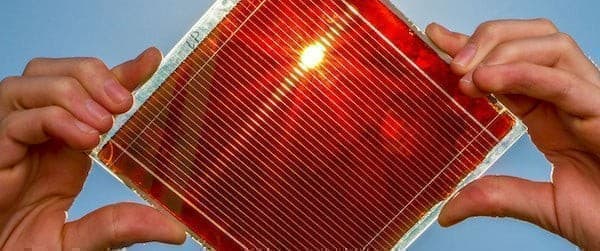Last month was the hottest January in all recorded history. According to the National Oceanic and Atmospheric Administration (NOAA), land and ocean temperatures across the globe were higher last month than in any of the past 141 years, exceeding the 20th century average by a whopping 2.05 degrees Fahrenheit, (1.13 degrees Celsius) as record-breaking high temperatures were recorded in locations as far-flung as “Central and South America, Asia, Scandinavia, the Indian and Atlantic Oceans and the central and western Pacific Ocean.”
As reported by CNBC, “the record continues a rising trend in temperatures as carbon dioxide emissions trap heat in the atmosphere and warm the planet.” Citing the NOAA data, the report continues, “the four hottest Januaries on record have all occurred since 2016, and the 10 hottest Januaries have all occurred since 2002.”
It’s no surprise, then, that the United Nations has been busy begging industry leaders to clean up their act and invest in renewable energies in an attempt to decarbonize the global economy before it’s too late. In December, the Secretary General of the United Nations’ Climate Change Conference COP25 told his audience that “By the end of the coming decade we will be on one of two paths. One is the path of surrender, where we have sleep walked past the point of no return, jeopardizing the health and safety of everyone on this planet. Do we really want to be remembered as the generation that buried its head in the sand, that fiddled while the planet burned? The other option is the path of hope.”
It’s not all gloom and doom, however, and it does appear that some industry leaders have been making an effort to take this “path of hope.” This week the Economist reported that “emissions of carbon dioxide in 2019 which were related to energy had remained the same (33.3bn tonnes) as the previous year’s” according to figures released by the intergovernmental data-collecting group the International Energy Agency (IEA). While this seems to be great news, however, the Economist is reluctant to be overly celebratory, asking “is it a peak, a stutter or just a brief pause?” in their carefully titled report “Energy-related emissions of carbon dioxide have stabilised, for now.” Related: Goldman Slashes Oil Price Forecast By $10
In order to ensure that emissions from the energy industry continue to decrease, innovation needs to keep being pushed forward in the renewable energy sector. While solar panels have become more inexpensive and accessible than ever, there is still plenty of room for improvement. A recent study from Brown University purports to have found a solution to one of these shortcomings.
The breakthrough wasn’t in a particularly sexy area, but as Nitin Padture, the Otis E. Randall Professor in Brown's School of Engineering and director of Brown's Institute for Molecular and Nanoscale Innovation argues, it’s an important one, nonetheless. "Everybody's chasing high efficiency, which is important, but we also need to be thinking about things like long-term durability and mechanical reliability if we're going to bring this solar cell technology to the market. That's what this research was about,” he was quoted by Science Daily.
The Brown study found that the use of perovskite materials (“a broad class of crystalline materials”) can create a much more resilient and durable next generation of solar cells. Science Daily puts it in layman’s terms: “Though perovskite films tend to crack easily, those cracks are easily healed with some compression or a little bit of heat. That bodes well, the researchers say, for the use of inexpensive perovskites to replace or complement pricy silicon in solar cell technologies.” Padture elaborates: "The efficiency of perovskite solar cells has grown very quickly and now rivals silicon in laboratory cells."
Incorporating perovskites into solar cells is not a revolutionary discovery in and of itself. They’ve been used in the technology since 2009, but they haven’t always been efficient or durable. The importance of the Brown researchers’ discovery is that these brittle solar cells can also be fixed more easily than ever before.
While this innovation is not going to change the game by itself, it’s just one of many important studies currently underway to improve the performance of solar cells to allow them to truly compete with fossil fuels in a market that’s still dominated by the cheap and easy status-quo.
By Haley Zaremba for Oilprice.com
More Top Reads From Oilprice.com:
- Oil Bulls Are In For A Bitter Disappointment
- Why China Shuns U.S. LNG Despite Trade Deal
- The Ticking Time Bomb That Could Crush Oil Markets


















